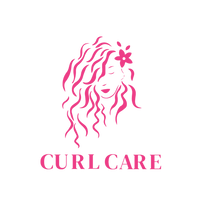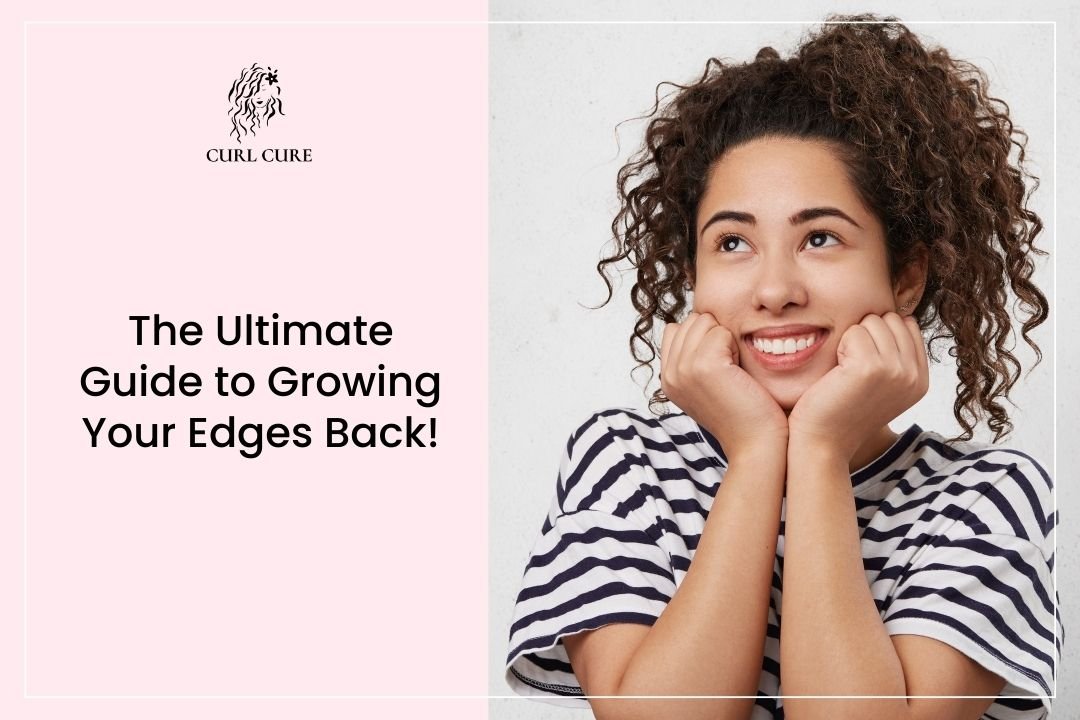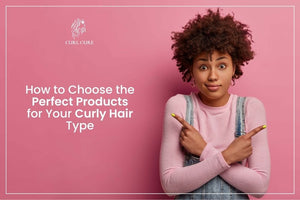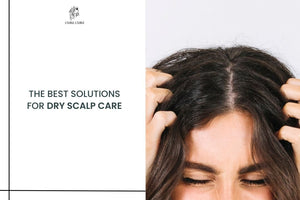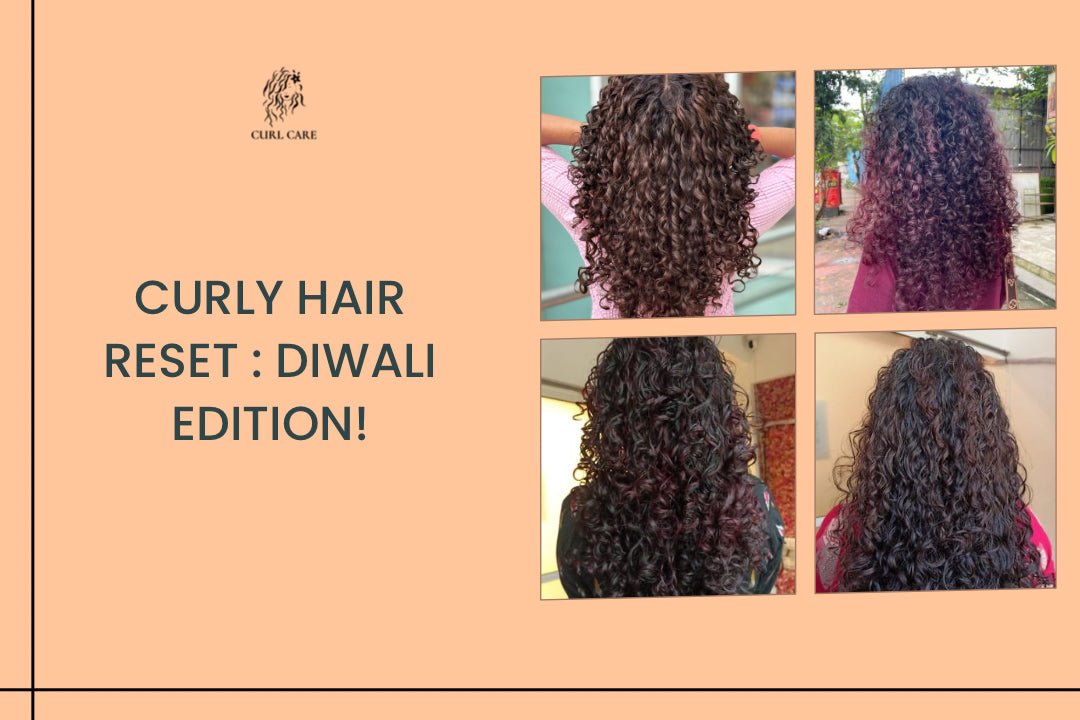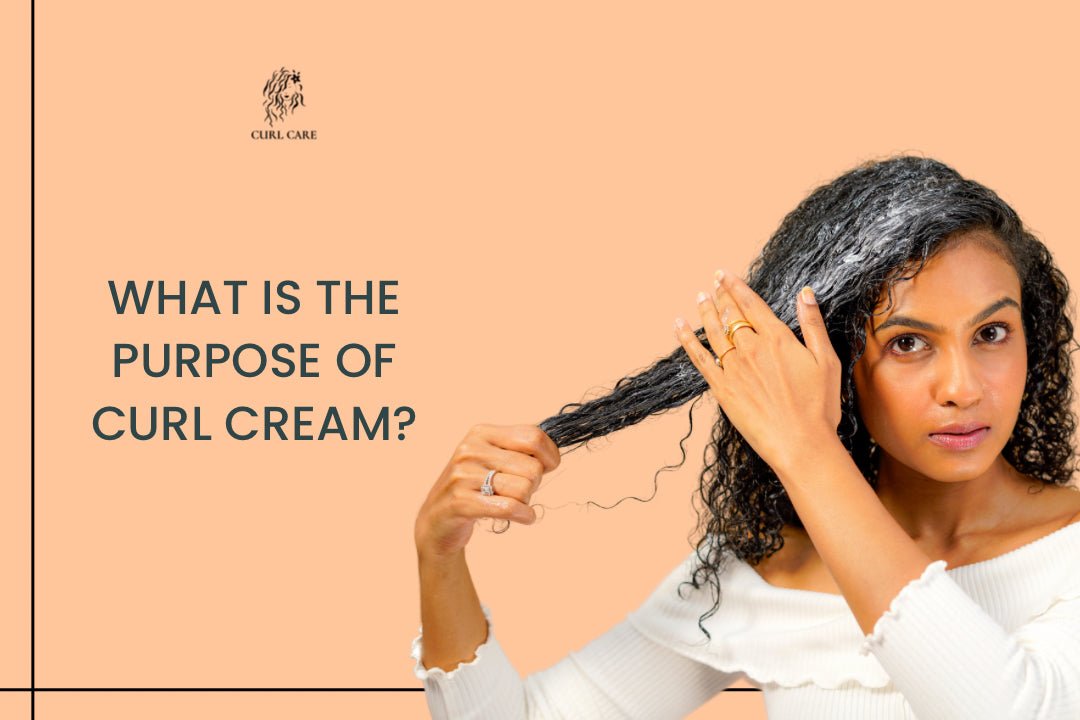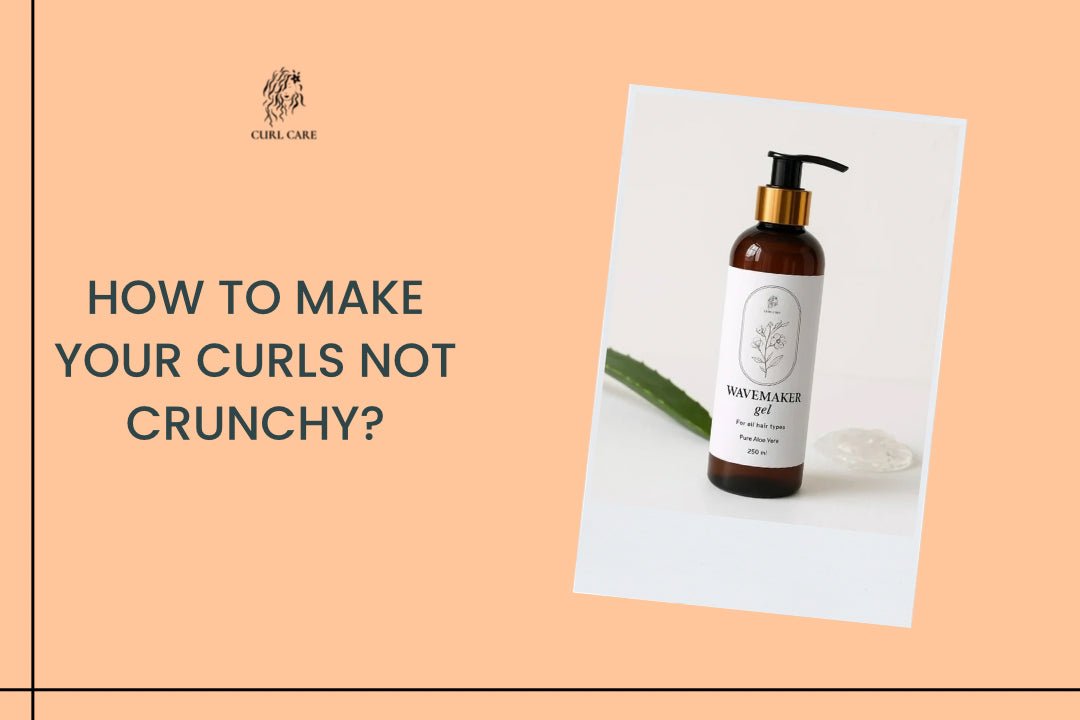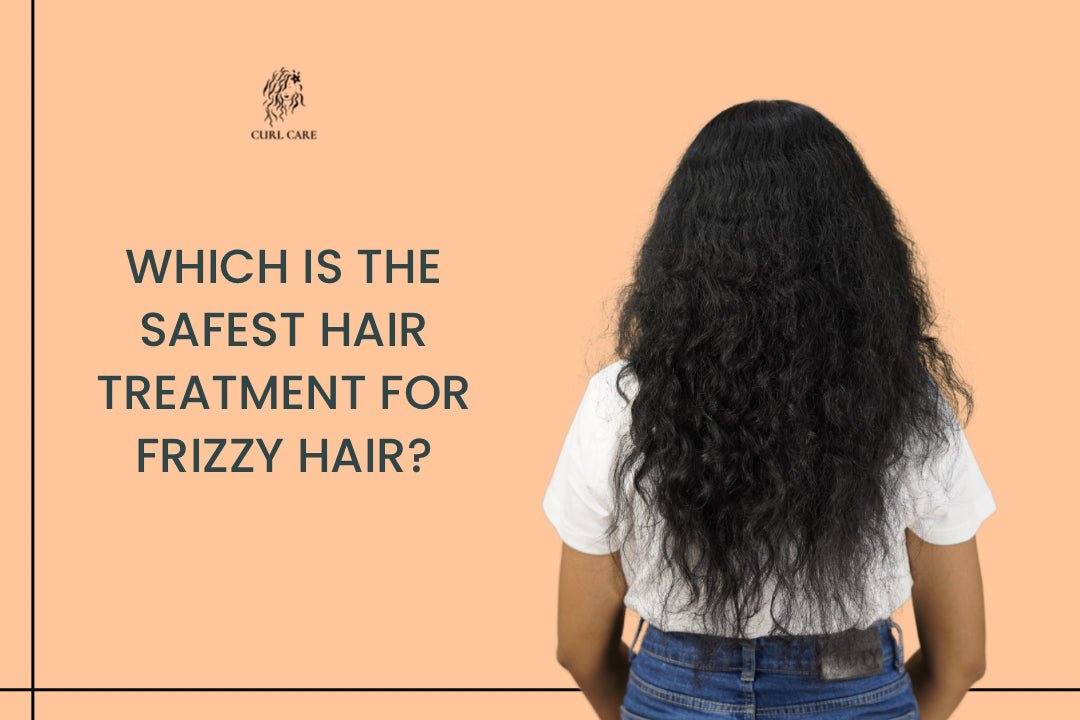Are you tired of dealing with a thinning hairline that's on the edge of disaster? Your edges may be thinning, breaking, or even shedding, leaving you feeling uncertain and embarrassed. But fear not! There's hope for your disappearing edges. In this comprehensive blog post, we'll delve into the root causes of thinning edges, reveal effective ways to regrow them, and introduce you to the best products designed to support your hairline. Get ready to bid farewell to living on the edge and say hello to a confident and vibrant hairline.
How to Regrow Your Hairline: A Guide to Restoring Your Edges
Your receding hairline is a cause for concern, but don't fret – there are solutions to reverse the damage and grow back your edges. Living on the edge of thinning, breaking, or shedding hair is not a desirable look. Fortunately, there are natural remedies and products available to address this issue. In this article, we will explore the reasons behind thinning edges, along with effective methods and recommended products to support hair growth.
Understanding the Causes of Thinning Edges
To successfully regrow your edges, it's crucial to identify the root causes of their thinning. Although several factors contribute to hairline thinning, most of them are preventable. Here are some common reasons why you might be experiencing this issue:
-
Tight Hairstyles: Hairstyles that exert excessive tension on your hairline, such as tight buns, dreadlocks, cornrows, hair extensions, ponytails, and certain updos, can strain and damage the delicate strands along the hairline.
-
Friction: Regularly subjecting your hair to extreme heat styling or vigorous towel drying can cause friction, leading to hair breakage and thinning.
-
Products and Hair Tools: While using gel to slick down your edges can be helpful, alcohol-based products can dry out your strands, resulting in further damage and breakage. Additionally, using a toothbrush or harsh plastic utensil to apply the gel can also harm your fragile edges.
-
Hair Relaxers: Frequent use of chemical relaxers can cause traction alopecia, a condition characterized by hair loss due to excessive tension. However, this condition is usually reversible.
-
Stress: Emotional or mental strain can disrupt the natural hair cycle, leading to temporary thinning known as telogen effluvium. Once the stress subsides, hair growth typically resumes.
Effective Strategies for Regrowing Your Edges
While regrowing your hairline will take time, it is possible to regain confidence in your hair by following these hair care tips and techniques:
-
Avoid Tight Hairstyles: To protect your edges, it's crucial to let go of tight hairstyles. If you experience pain or discomfort, the hairstyle is too constricting. Ponytails, box braids, cornrows, and any other styles that tug on your hairline should be avoided.
-
Use Curl Cure Hair Growth Elixir: Apply a hair growth serum directly to your problem areas, such as your edges, using a dropper. Curl Cure Hair Growth Elixir, enriched with Fenugreek, Redensyl, Ana Gain and more is a highly recommended serum that can increase hair density by up to 52% after consistent use for four months, After applying the serum, gently massage it into your scalp using your fingertips or a scalp massager.
-
Minimize Harsh Hair Tools and Accessories: Steer clear of alcohol-based hair gels for slicking down your edges, and avoid wearing hats, using hard brushes, or wearing headbands and hair bonnets. Applying chemical relaxers to your hairline can cause severe breakage, and weaves and wigs can damage your edges due to constant friction and manipulation. Extensions glued to your hair and subsequently removed can also pull and injure your follicles.
-
Reduce Friction and Heat: Refrain from vigorously rubbing your wet hair with a towel after washing. Instead, gently blot or wrap your hair in an absorbent towel. Hot styling tools can further damage fragile strands, so it's best to take an extended break from heat styling to allow your edges to recover.
-
Maintain a Balanced Diet: Imbalances in your internal health can contribute to hair loss, including thinning edges. Ensure you have adequate levels of iron and zinc, essential minerals for hair growth and scalp health. Incorporate vitamins A, B, C, D, and E into your diet, as they play vital roles in promoting healthy hair.
-
Consult With Your Doctor: If you aren't causing thinning edges through tight hairstyles or damaging practices, consult with your doctor to identify any underlying medical conditions that might contribute to your hair loss. Certain medications used for high blood pressure, thyroid issues, alopecia, depression, stress, acne, infections, or weight loss can have side effects of hair thinning.
-
Manage Stress: If your edges are thinning due to shedding or telogen effluvium, reducing stress levels can be beneficial. Engage in regular exercise and practice meditation to alleviate stress.
-
Moisturize Your Edges: When moisturizing your hair, start with your edges first. While pomades may provide temporary moisture, they can clog your follicles and hinder hair growth. Opt for lightweight, nourishing products specifically designed for moisturizing and protecting your edges.
-
Harness the Power of Scalp Massages: Make scalp massages a regular part of your hair care routine, focusing on the thinning areas. Massaging your scalp stimulates blood circulation and can promote hair growth. You can use a soft toothbrush or consider using the Curl Cure Scalp Massager, equipped with bristles suitable for wet or dry hair. You can use the massager alone or in conjunction with hair serums, foams, or shampoos.
Additional Expert Tips for Distressed Edges
Simran Sainani, founder of Curl Cure helps women dealing with distressed edges:
- Embrace your natural hair as much as possible, as it tends to grow quicker when left in its natural state.
- Avoid conditioning your hair every day and refrain from keeping it constantly wet. Deep condition it once a month.
- Minimize daily use of oils and gels, as excessive oiliness can lead to thinning and breakage.
- Avoid braiding your edges tightly or twisting them, as these actions can cause damage.
The Importance of Caring for Your Edges
Remember, a receding hairline is not the end of the world. Taking the health of your hair seriously will yield positive results. By implementing these simple steps, you can promote healthy hair growth, including regrowing your natural edges. Say goodbye to tight hairstyles, moisturize regularly, massage your scalp, nourish your follicles, maintain a balanced diet, take hair-healthy vitamins, manage stress, and always handle your edges with care. While patience, effort, and high-quality hair products are required, the rewards of healthy edges make it all worthwhile.
